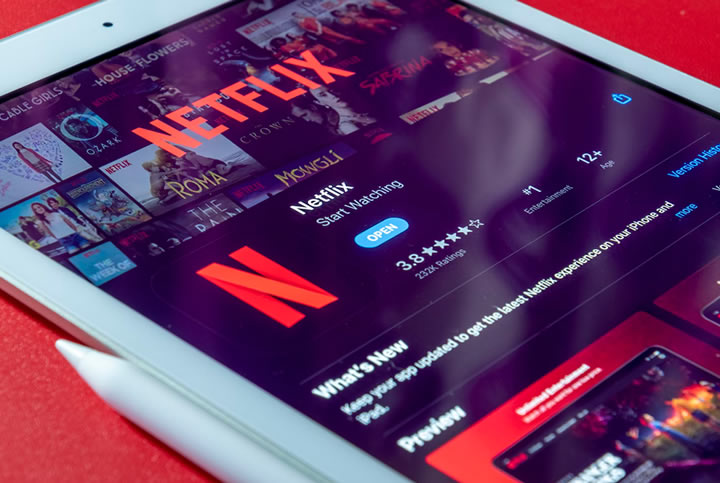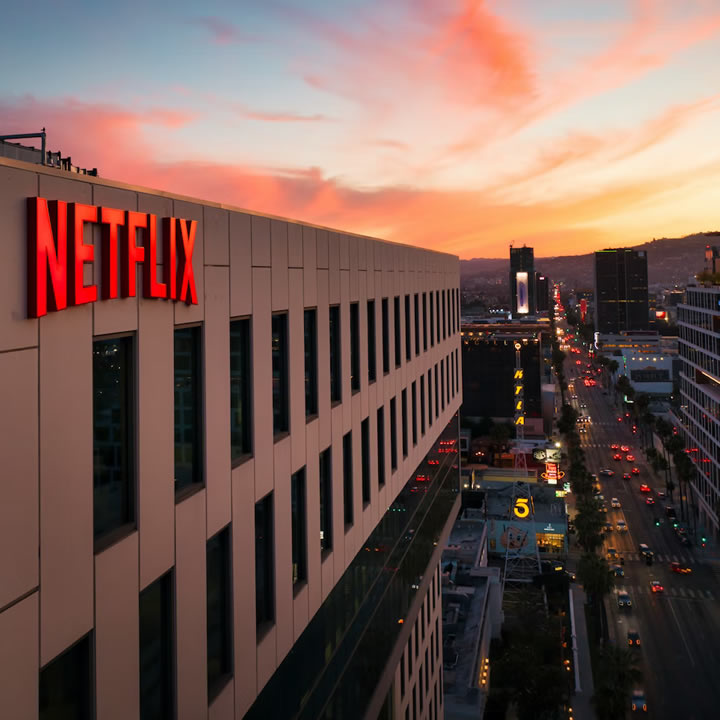Netflix is the most affected platform and its reign is in serious danger
Streaming platforms like Netflix, HBO Max, and Disney+ have created a paradigm shift in the last decade in the way that audiovisual content is consumed.
Netflix, the pioneer of these services, was created in 1997, but it wasn’t until 2008-2010 that it truly gained prominence and laid the foundation for a market that many other companies have joined.
So much so that today’s competition is truly cutthroat.
HBO, another company with a powerful trajectory, also adopted this business model. Its high-quality content, together with agreements with the likes of Warner Bros, among others, has placed it on an ascending path that puts Netflix’s reign at risk.
And how about Disney+?
Its financial muscle has given it the option to offer not only its own content, but also that of Pixar, Marvel, and Star Wars.
In another example, Prime Video has the advantage of tempting Amazon customers to subscribe to its streaming services, making it the principal threat to the California company.
The number of these platforms increases every day. Change in viewers’ habits has resulted in more diverse offerings that compete in pricing and content for potential users.
This is why there is talk of a certain saturation in the market.
And it’s one of the factors that explain Netflix’s current situation, where they’ve lost a significant number of subscribers in this year’s first semester: 200,000 in the first trimester and almost one million in the second.
It’s worth mentioning that the situation in Eastern Europe has had a substantial impact on this as well.

For these reasons, and particularly because of the global fall of so-called “Big Tech” at the beginning of the year, Netflix’s price suffered a powerful setback from which it is very slowly recovering.
The value of Netflix stock showed a slight recovery in June of this year, but it’s been on an uneven course, making it hard to get its footing and placing it in what seems to be a standstill.
The much-feared competition on the one hand and the perception that there’s no killer strategy to regain lost clients (it seems that the effort to include games in its catalog isn’t enough) have affected its stock value.
In contrast, other platforms are suffering from the supposed market saturation in a different way.
This is the case with Disney, whose price is showing a more stable recovery (again, after the Big Tech debacle at the beginning of 2022), and demonstrates that these circumstances don’t equally affect all companies in this sector.
Although Disney+ has had a slight increase in subscribers in the last few months, Hulu, which it owns, has shown impressive client acquisition (113% in June).
This is why it’s a volatile time for investing in these types of stocks; however, the possibility of copying the transactions of experienced traders, called Copy Trading, offered by some fintech companies, could end up being an attractive option.
The German company NAGA, a social trading platform, offers this possibility within its platform, as well as these companies’ CDFs.
Ultimately, Netflix’s throne is being threatened and its competitors are already taking steps to seize its crown. For example, Warner is expected to join HBO Max and Discovery+ in what will be a “macro platform” with exceptional offerings.
At the same time, they will cut some expenses, something they plan to achieve in part by limiting streaming big premieres.
When it comes to Amazon Prime Video, its strategy is to provide more content to its users, and although it’s monthly subscription could increase in cost, it continues to be the most inexpensive option among the industry giants.
It will definitely be hot autumn for Netflix, which will have to be very creative to stem its current bleeding of clients.

